The Role of Positive Behavior Support in ABA Therapy
Integrating Positive Behavior Support within Applied Behavior Analysis
Introduction to Positive Behavior Support in ABA Therapy
Positive Behavior Support (PBS) has emerged as a significant approach within Applied Behavior Analysis (ABA) therapy, especially in addressing the needs of individuals with developmental disabilities like autism. While both PBS and ABA share core principles, PBS emphasizes a nonaversive, person-centered method that seeks to improve overall quality of life and minimize challenging behaviors. This article explores how PBS integrates with ABA, its historical background, effectiveness, and the strategies involved in implementing PBS to enhance therapeutic outcomes.
Historical Background and Evolution of PBS in ABA
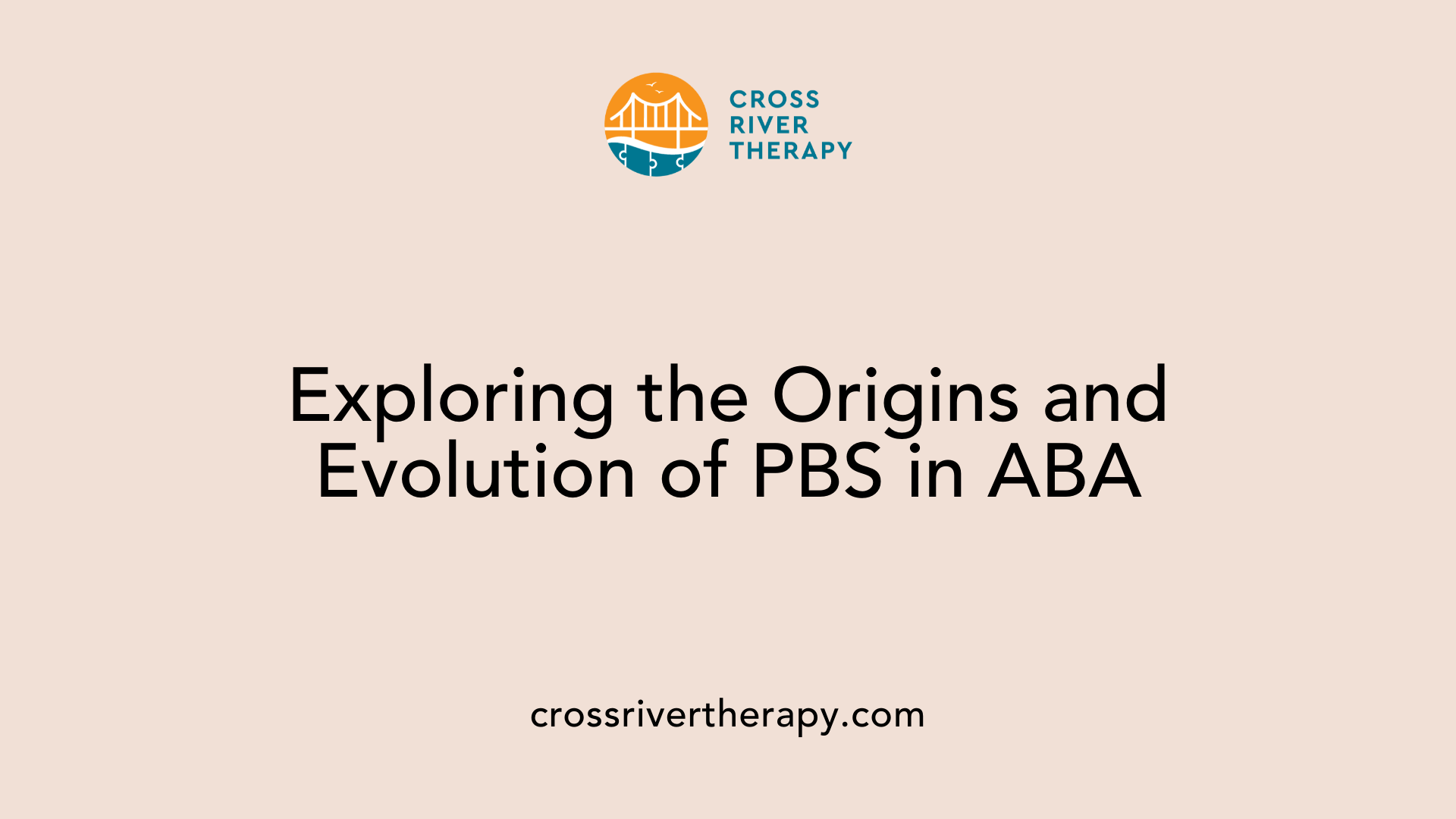
Origins of PBS
Positive Behavior Support (PBS) emerged as a response to the growing concerns about the use of aversive methods in treating individuals with developmental disabilities. By advocating for nonaversive behavior management, PBS laid a foundation aimed at enhancing individual dignity and quality of life through positive strategies.
Shift from Aversive Methods in ABA
Traditionally, some Applied Behavior Analysis (ABA) practices included punitive measures. PBS marked a notable shift by stripping away those elements, focusing solely on reinforcement rather than punishment. This approach aligns with contemporary values of inclusion and self-determination, setting PBS apart as a more humane alternative.
Principles of Person-Centered Approaches
At the heart of PBS is a commitment to understanding the antecedent variables influencing behavior. This contrasts with conventional ABA methods that equally weigh antecedents and consequences. PBS practices allow for tailoring interventions that prioritize individual needs, fostering environments conducive to learning and growth. By emphasizing a person-centered approach, PBS encompasses the rights and preferences of individuals, thereby promoting a higher standard for support.
What is Positive Behavior Support (PBS) in the Context of ABA Therapy?
PBS is a framework aimed at improving the quality of life of its participants, focusing on understanding the underlying motivations for behaviors rather than merely addressing the behaviors themselves. In this model, positive reinforcement plays a crucial role, steering clear of punitive outcomes to ensure that the rights and dignity of individuals are upheld.
Principles and Practices of PBS in Educational and Therapeutic Settings
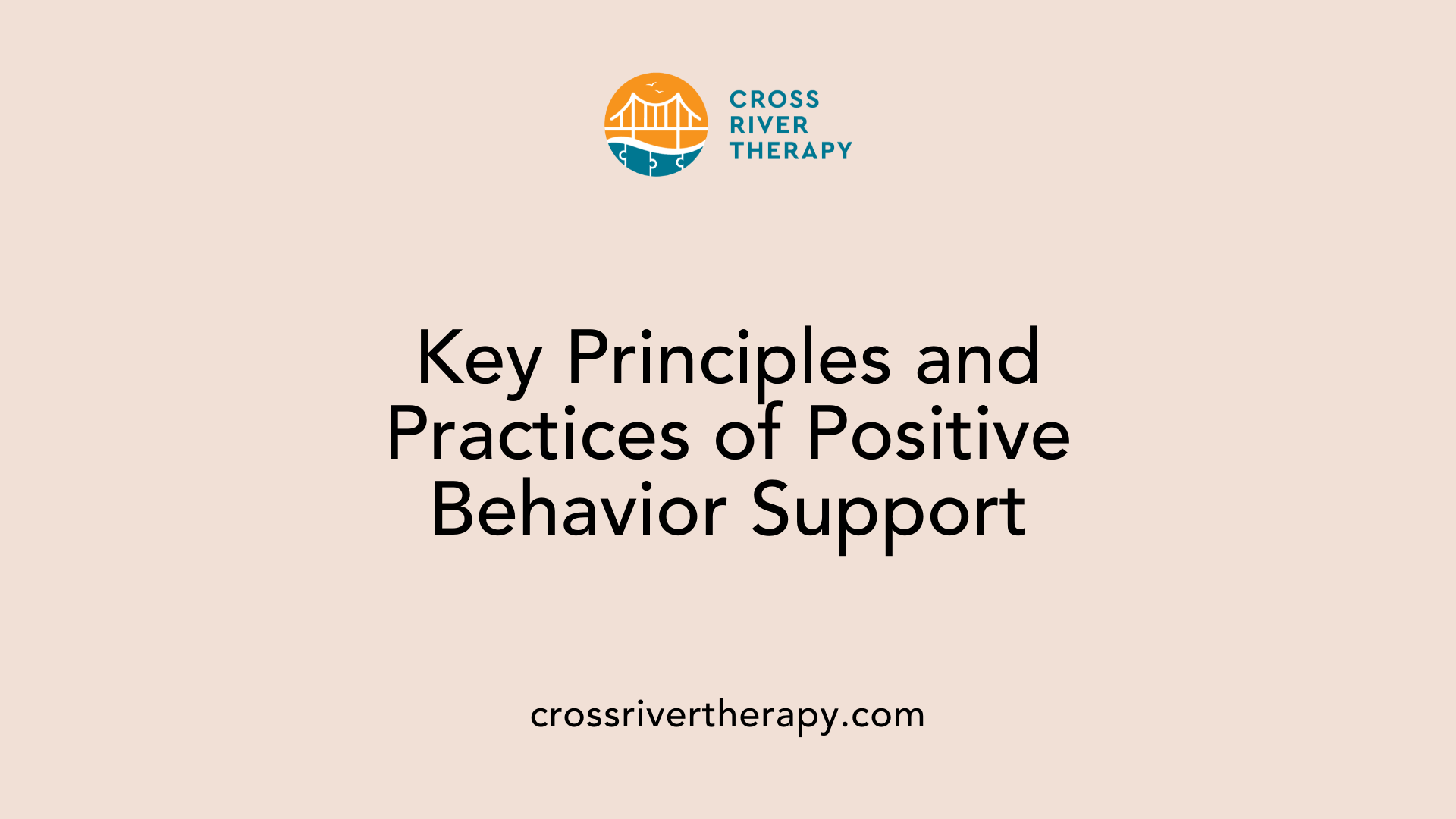
What is the purpose of Positive Behavioral Support (PBS)?
The purpose of Positive Behavioral Support (PBS) is to improve the quality of life for individuals displaying challenging behaviors by focusing on understanding and addressing their underlying needs. PBS emphasizes a person-centered approach that enhances the individual's environment rather than merely reacting to problematic behavior. It supports meaningful living and skill development, integrating evidence-based therapies tailored to individual needs.
Key aspects of PBS include:
- Collaboration with families, educators, and care providers to ensure effective support strategies.
- Focus on skill enhancement that aligns with individual goals in various life aspects including education, social interaction, and personal development.
- Early intervention, addressing behavioral challenges proactively to prevent escalation.
Application in Educational and Therapy Settings
PBS is effectively applied in various settings, particularly in education and therapeutic environments. Educators utilize PBS frameworks to enhance students' behavioral, academic, social, emotional, and mental needs, leading to improved overall school climate. The application typically involves a structured, tiered support system, as seen in Positive Behavioral Interventions and Supports (PBIS).
| Tier | Description | Focus |
|---|---|---|
| Tier 1 | Universal prevention for all students | Preventative strategies benefiting all students |
| Tier 2 | Targeted support for some students | Supplemental interventions for at-risk categories |
| Tier 3 | Intensive, individualized support for few students | Extremely personalized plans for significant behavioral challenges |
Emphasis on Nonaversive Techniques
A distinguishing feature of PBS is its commitment to nonaversive techniques. Unlike traditional methods that may incorporate punitive measures, PBS focuses on:
- Teaching replacement behaviors instead of simply punishing negative actions.
- Manipulating antecedent variables to create supportive environments that reduce the need for intervention.
- Positive reinforcement, which encourages desired behaviors over time and contributes to a nurturing environment for growth and learning.
In summary, PBS offers a holistic approach to improving individual outcomes, enhancing the capability of educational and therapeutic settings to address behavioral challenges thoughtfully and constructively.
Analyzing the Impact of PBS on ABA Practices
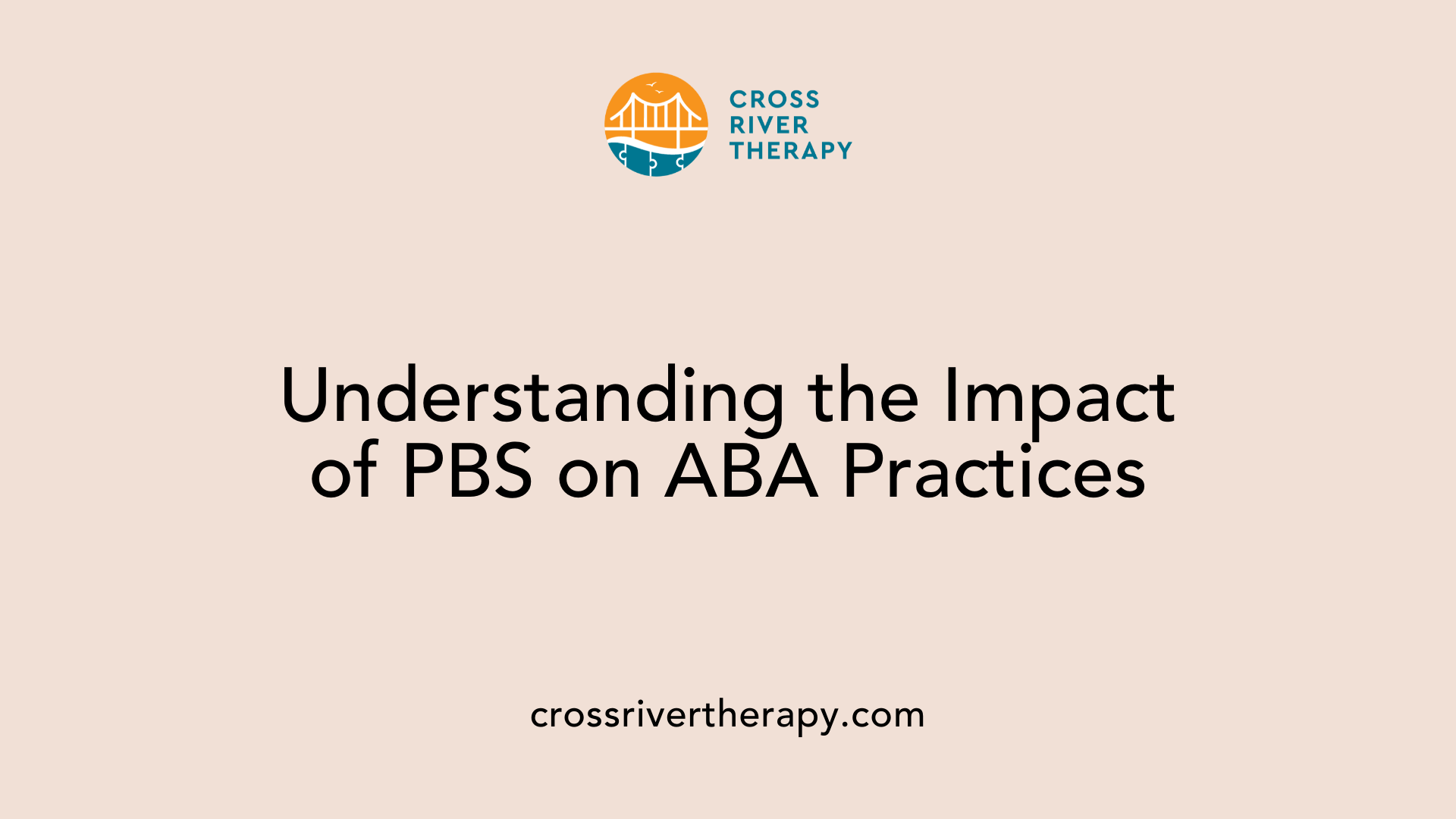
What is the impact of PBS on ABA practices?
The emergence of Positive Behavior Support (PBS) has significantly influenced the field of Applied Behavior Analysis (ABA). PBS's focus on nonaversive approaches has enabled practitioners to rethink traditional behavior management practices. By promoting the manipulation of antecedent variables, PBS establishes proactive measures aiming to prevent problem behaviors rather than relying solely on reacting to them.
What tensions exist between PBS and traditional ABA?
While both PBS and ABA align on principles such as individual dignity and enhancing quality of life, their operational priorities often clash. PBS emphasizes person-centered values more than traditional ABA, which can lead to friction, particularly for practitioners who champion evidence-driven methods. This suggests a need for improved communication and reconciliation of the methods, ensuring both practices can effectively support individuals' needs.
How does PBS enhance ABA practices?
PBS can enhance ABA by integrating its positive, person-centered frameworks and community-based strategies into the broader scope of ABA therapy. For instance, incorporating PBS’s emphasis on environmental factors can create more adaptable and supportive settings. Furthermore, PBS’s tiered approach for support provides structured options that allow ABA practitioners to tailor interventions, addressing behaviors more holistically.
| Aspect | PBS Approach | ABA Therapy |
|---|---|---|
| Focus | Prevention and positive behavior change | Modification of behavior patterns |
| Framework | Person-centered, community-based | Evidence-based, individual needs-driven |
| Goals | Enhance quality of life and self-determination | Increase skill acquisition and reduce harmful behaviors |
Implementing PBS Strategies for Improved Outcomes
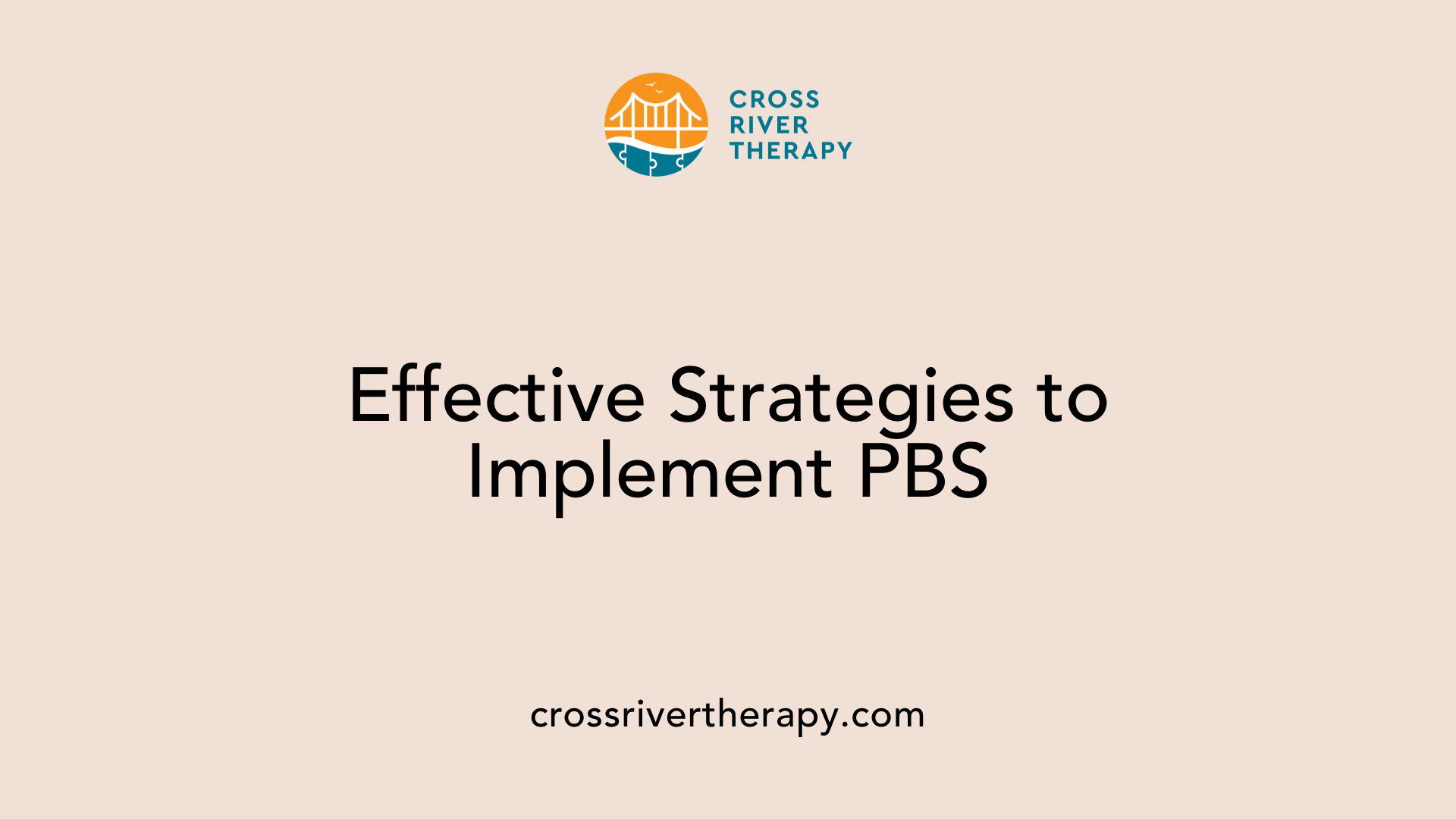
Exploring strategies for implementing Positive Behavior Support (PBS) to improve behavioral outcomes.
To effectively implement Positive Behavior Support (PBS) and enhance behavioral outcomes, it's vital to recognize that challenging behavior often serves as a form of communication. This perspective helps to address the underlying needs that may be driving the behavior.
Key strategies include:
- Establishing Clear Expectations: Clear behavioral expectations set the groundwork for a positive environment. This entails outlining what acceptable behavior looks like in various settings.
- Engaging Families and Support Networks: Involving families in the PBS process creates a collaborative support system that reinforces positive behaviors at home and in the community.
- Teaching Adaptive Skills: Instruction in social, communication, and self-management skills equips individuals with the tools they need to navigate various environments effectively.
Promoting positive behavior change
Proactive management techniques are crucial. Implementing strategies like:
- Pre-correcting: Anticipating and addressing potential misbehavior before it occurs can redirect students towards expected behaviors.
- Prompting: Gentle reminders or cues can guide individuals toward appropriate responses in challenging situations.
- Respectful Redirection: When necessary, redirecting behavior respectfully preserves the individual's dignity while promoting learning.
Creating supportive environments
For students needing additional assistance, individualized PBS plans can be developed. These plans should include assessments to identify specific needs and tailored interventions addressing those needs. Reinforcement of positive behaviors plays a significant role in fostering success. This can include:
- Specific Praise: Recognizing and praising positive actions helps reinforce those behaviors.
- Rewards: Implementing a reward system to acknowledge achievements encourages continued positive behavior.
- Teaching Alternative Responses: Providing individuals with acceptable alternatives to challenging behaviors contributes to their overall skill set and self-regulation abilities.
In summary, a comprehensive approach to PBS not only focuses on reducing problem behaviors but enhances the overall quality of life for individuals by fostering environments that promote success.
Real-World Examples and Applications of PBS
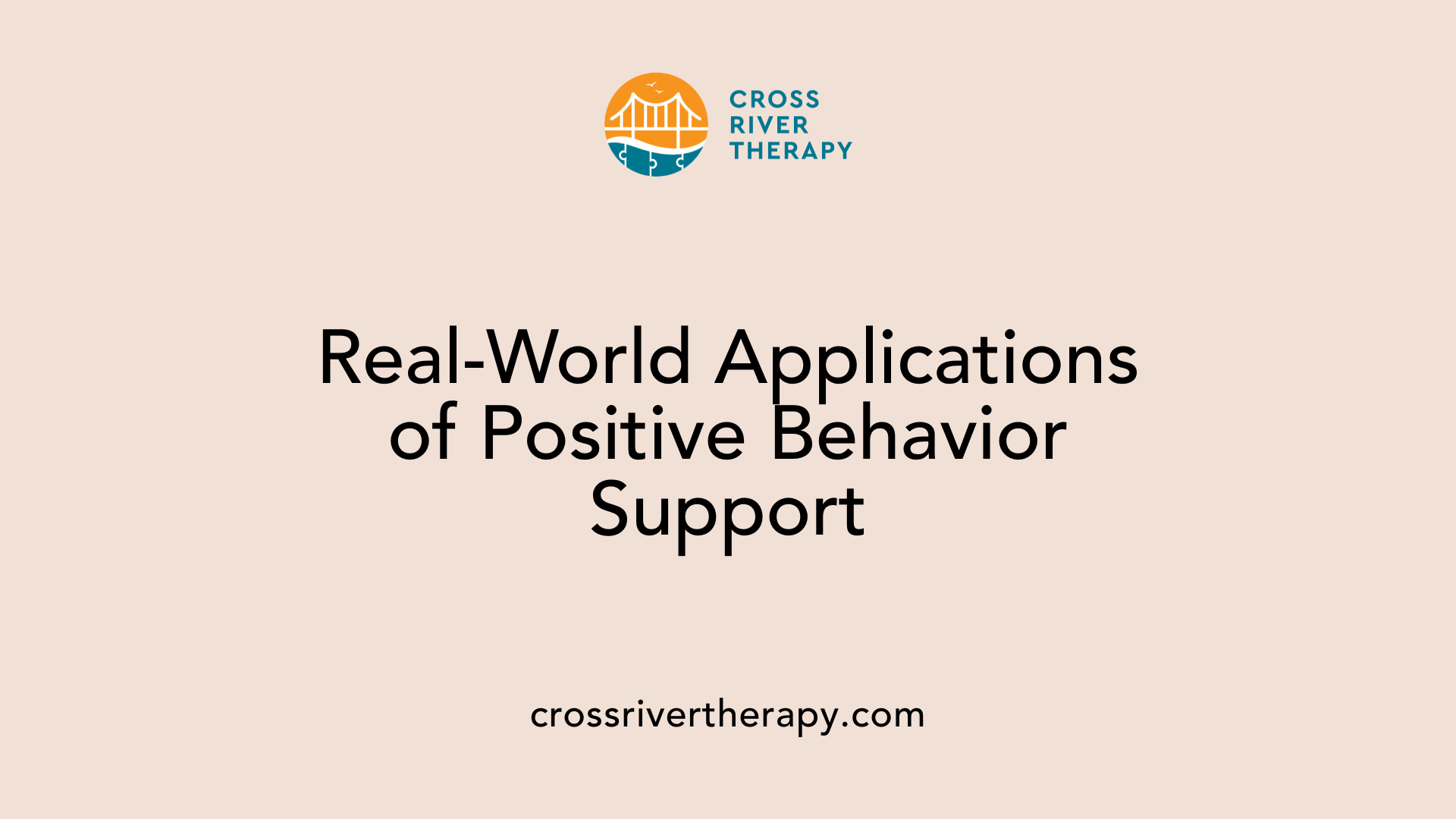
What are examples of Positive Behavior Support strategies?
Positive Behavior Support (PBS) employs several practical strategies that effectively encourage positive behavior in various settings. For instance, establishing clear classroom routines helps students understand expectations, significantly reducing anxiety and disruptive behavior.
Techniques like proximity control can be quite effective; teachers can move closer to students as a form of gentle guidance, making them feel supported without being intrusive. Another vital strategy is positive phrasing, which directs attention to desired behaviors rather than focusing on negative actions. This shift in language can significantly enhance the way students respond to instruction.
Using positive reinforcement is also essential. This involves providing immediate rewards after good behavior, reinforcing the likelihood that such behaviors will be repeated in the future. For example, a simple praise or treat after a child raises their hand can motivate them to continue this positive behavior.
Moreover, implementing techniques like the "Stop, Relax, and Think" approach teaches children not only to recognize but to manage their reactions to challenging situations effectively, promoting self-regulation skills.
How does PBS enhance educational and therapeutic environments?
In educational settings, the goal of PBS is to create an atmosphere conducive to learning and personal growth. This involves tailoring behavioral supports based on the specific needs of each student. By focusing on valued outcomes—success in social interactions, academic achievement, and emotional well-being—PBS builds a relevant framework that connects behaviors to students' overall quality of life.
The structured PBS approach, particularly through its tiered system (Tier 1 universal support, Tier 2 targeted interventions, and Tier 3 intensive support), ensures that every student receives the appropriate level of support needed to thrive. This scalable model makes it versatile across various learning environments and can even be integrated into therapeutic settings for individuals with developmental disabilities.
How does PBS contribute to enhancing the quality of life?
Ultimately, the primary goal of PBS is to not only mitigate problematic behaviors but also significantly improve the overall quality of life for individuals. Through research-based strategies focusing on daily living skills and social competencies, PBS helps foster communication, independence, and self-management. By involving families and support networks, PBS encourages a collaborative approach that results in meaningful, lasting behavioral changes.
Benefits and Future Directions of PBS in ABA
Benefits for individuals with autism
PBS significantly improves the quality of life for individuals with autism by focusing on broader lifestyle enhancements, not just behavior modification. It promotes self-management skills and teaches valuable social and communication abilities. By framing interventions around an individual's environment and well-being, PBS ensures that both challenging behaviors decrease and personal satisfaction increases.
PBS as a complement to ABA
While ABA provides crucial frameworks for behavior analysis and modification, PBS enhances these approaches by prioritizing individual dignity, inclusion, and self-determination. PBS strategies, such as clear routines and positive phrasing, align well with ABA principles, fostering a collaborative improvement environment that benefits all involved.
Future research and practice directions
Future research in PBS should focus on refining strategies tailored for individuals on the autism spectrum. Investigating the long-term impacts of PBS interventions, particularly in school settings, can provide insights into its effectiveness. Additionally, exploring system-level interventions within multi-tiered frameworks like PBIS can facilitate comprehensive support for individuals' diverse needs.
Conclusion: Bridging Traditional and Progressive Approaches
The integration of Positive Behavior Support within ABA therapy represents a transformative shift towards a more humane and effective method of supporting individuals with developmental disabilities. By accentuating values such as dignity and inclusion, PBS complements the strengths of ABA, creating a robust framework for change. As both fields continue to evolve, their synergy holds promise for improved therapeutic outcomes, fostering environments where individuals can thrive. Further research and collaboration will be key in maximizing the benefits of PBS within ABA practices.
References
- Positive Behavior Support and Applied Behavior Analysis - PMC
- ABA Therapy | Applied Behavior Analysis | PBS Corporation
- Applied Behavior Analysis (ABA) | Autism Speaks
- CIEES APBS - What is Positive Behavior Support
- Positive behavior support: 6 steps to success | Autism Resources
- ABA Therapy and Its Role in Positive Behavioral Change
- Positive Behavior Services: Autism Therapy FL & GA
- Positive Behaviour Support (PBS) - National Autistic Society
- Center on PBIS | What is PBIS?



